Biedermeier Walnut Dresser, South Germany 1820
Height: 37.01 in (94 cm), Width: 49.61 in (126 cm), Depth: 23.63 in (60 cm).
Shipping From: United States of America
Biedermeier Walnut Dresser, South Germany 1820
Exquisite Biedermeier Walnut Dresser from 1820, Southern Germany. This remarkable Biedermeier chest of drawers, dating back to 1820 and originating from Southern Germany, is a true testament to craftsmanship and timeless beauty. Standing on four sturdy square feet, this chest boasts four drawers framed by two ebonized columns, adding a touch of sophistication to its design. What sets this dresser apart is its extraordinary walnut veneer pattern, meticulously applied to all three sides, making it a piece of art in itself. Expertly refinished to perfection, it gleams with a hand-polished shellac finish that brings out its natural allure.
Dimensions:
Height: 37.01 in (94 cm), Width: 49.61 in (126 cm), Depth: 23.63 in (60 cm).
Biedermeier Style
The 19th century Biedermeier style is probably the most sought after antique furniture style.
It has its origins in Austria and Germany and developed between 1815-48.
Despite the economic downturn after the Napoleonic Wars, this era was also a period when the middle class was slowly beginning to rise and establish itself as a significant division of society. More importantly, for the first time they were a significant financial force, a class with real buying power. As a result, craftsmen actually began to produce pieces not only for aristocrats but also for the newly assuring middle class- the so called bourgeoisie.
We find Biedermeier pieces crafted with light, native woods like walnut, pear and cherry. Makers didn’t need to import these naturally occuring German woods. The furniture, as a result, was more affordable for the middle class. Common features of this furniture style and period include playful geometric shapes, curves, and a special emphasis on the wood grain itself. While it’s a subdued style, the aesthetic is nevertheless as elegant as many more formal, ornate styles.
| Product Dimensions: | |
|---|---|
| Height | 94 cm (37.01 in) |
| Width | 126 cm (49.61 in) |
| Depth | 60 cm (23.62 in) |
| Date of Manufacture | 1820 |
| Restoration | Yes |
| Condition | Unknown |
| Color | Black, Brown |
| Country Of Origin | Germany |
| Item Condition | Good |
| Material | Walnut |
| Period | Early 19th century |
| Techniques | Veneer |
| Product style | Biedermeier |
| Shipping measurement: | |
| Height | 94 cm (37.01 in) |
| Width | 126 cm (49.61 in) |
| Depth | 60 cm (23.62 in) |
| Weight | 40 lbs (18.14 kgs) |
Be the first to review “Biedermeier Walnut Dresser, South Germany 1820” Cancel reply
Styylish has a huge network of shipping companies and can negotiate competitive quotes for worldwide shipping for you. Please ask us for a shipping quote before your purchase. We will make sure that you get a fair rate and do not pay too much!
Local Pick up
Local pickup allows customers to inspect an item at the time of pickup and avoid shipping costs.
White Glove Shipping
Item is delivered inside your home and placed in the room of your choice (installation and hookup are not included).
Local Deliveries
Local rates are available on most items where the delivery location is within 30 miles.
Shipping charges start at $150, depending on product type, size, location of the buyer. Local deliveries typically take up to 2 weeks.
Shipping within the Continental US
Flat rate shipping costs between $450-$750, depending on your location and the size of the item. The delivery usually takes between 3-5 weeks.
Express delivery can be organized but is subject to additional fees.
Overseas, Alaska and remote areas please ask for a shipping quote.
Parcel Delivery
Shipment is arranged through recognized carriers such as UPS, FedEx, and DHL.
Only pieces that can be safely packed in a box or envelope may be shipped via parcel.
Shipping charges start at $20 and vary based on the size, weight, packaging and the value of the item.
Items are typically delivered within 2 weeks of the purchase date.
The Styylish Buyer Guarantee ensures that you have complete peace of mind when making a purchase on Styylish in the event that your item:
- Does not arrive
- Is materially different than what you purchased
All sales are final on Made–to–Order items.
For all other items, sales are final 48 hours after delivery (Except Free Local Pickup and Local Delivery — see below).
To request a return, please email support@styylish.com and include the order number and the reason for your return request.
On approved returns, the buyer is responsible for full cost of return packing & shipping.
The items are insured during the shipping process and the shipper’s insurance will cover the cost for any damage caused by the shipper during the shipping process.
Local Pickup & Local Delivery
All sales are final once buyer or buyer’s agent takes possession of an item.
Upon inspection, if you decide not to move forward with the purchase, you or your agent must refuse the item at the time of pickup/delivery from the seller.
Once you have taken possession of the item, all sales are final.
Please contact support@styylish.com to let us know you did not accept the item and would like to initiate a refund.
Related products
Center Tables
Corner Cabinets
Center Tables
Antique and Vintage Seating
Antique Furniture and Decor
Chests of Drawers, Dressers, Commodes
Chests of Drawers, Dressers, Commodes



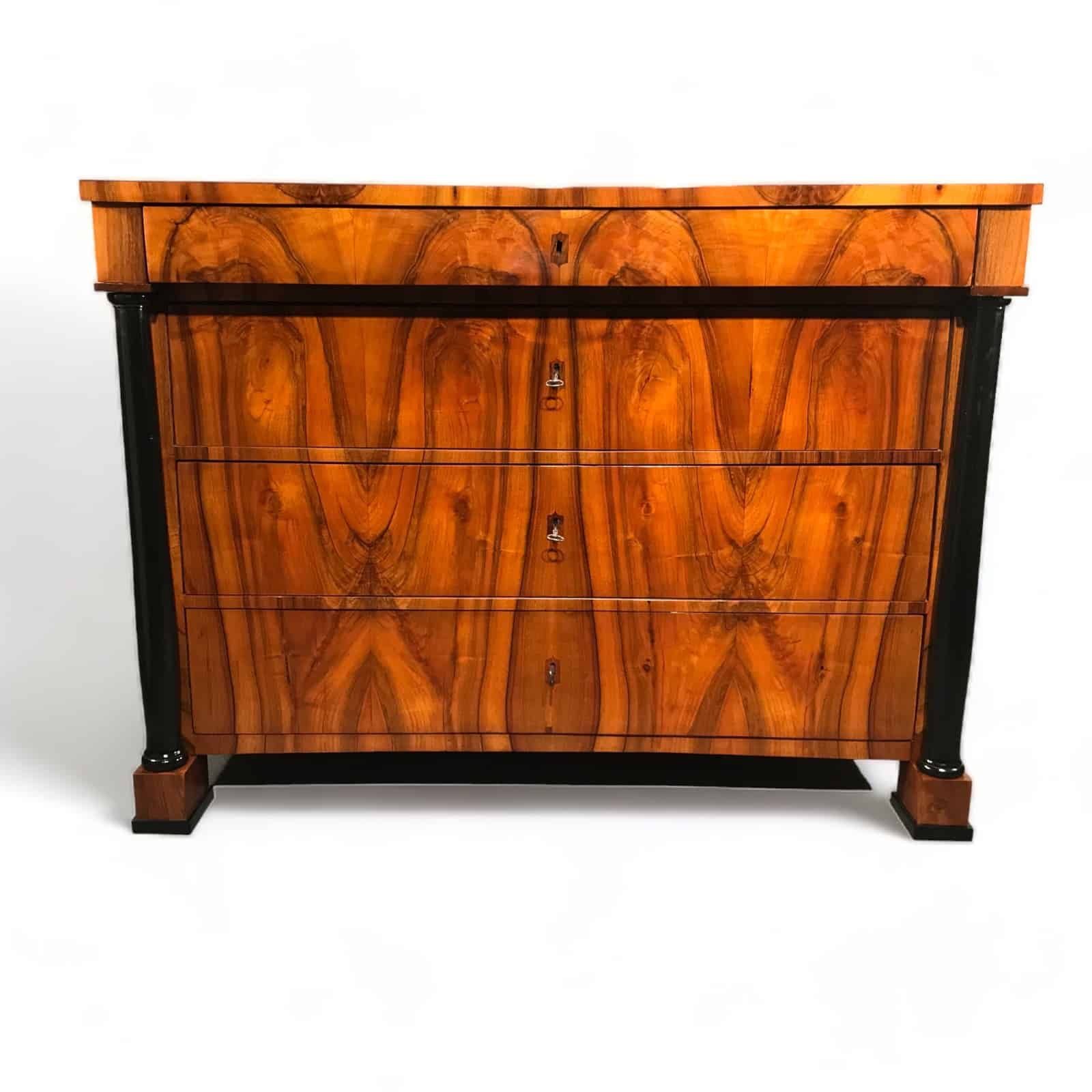


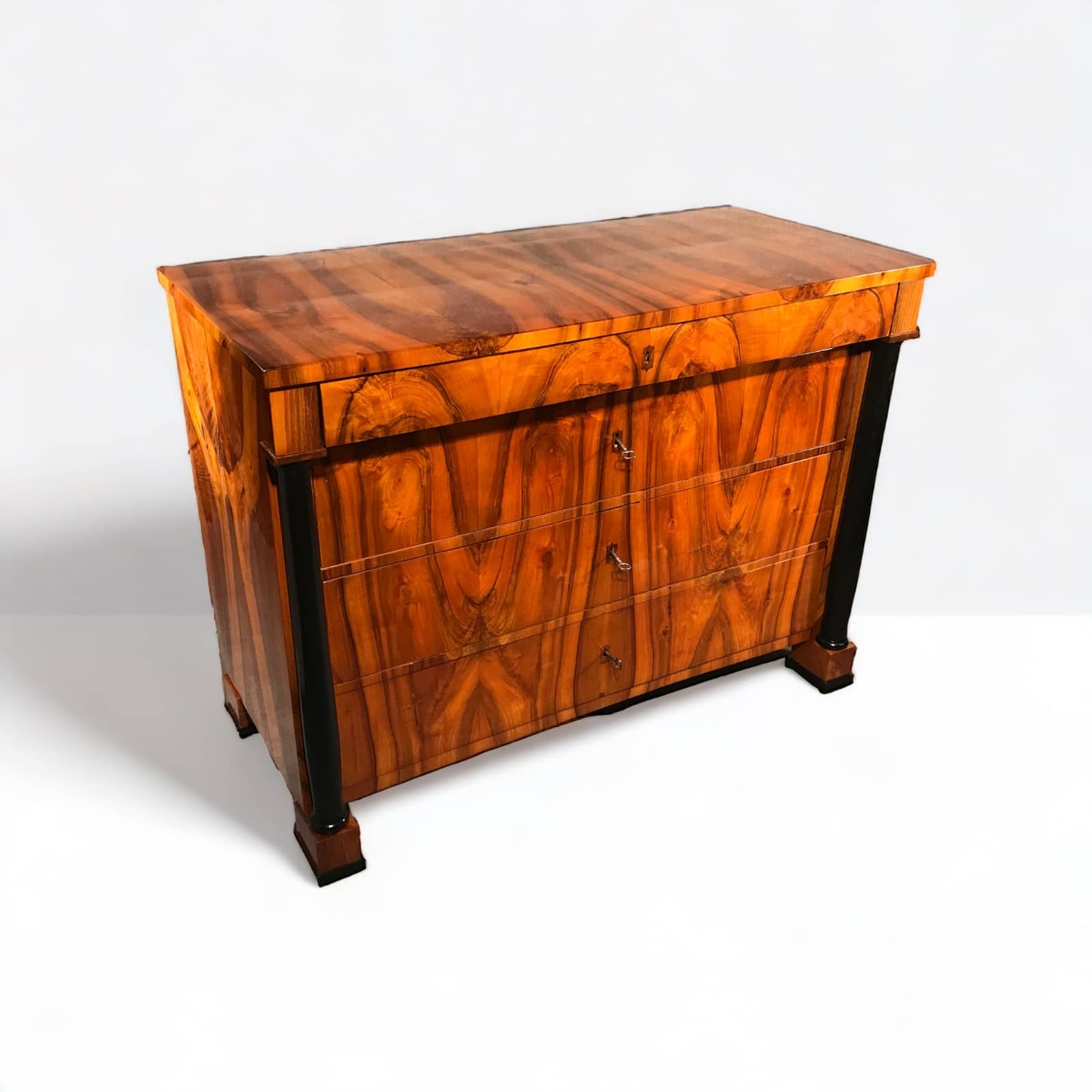

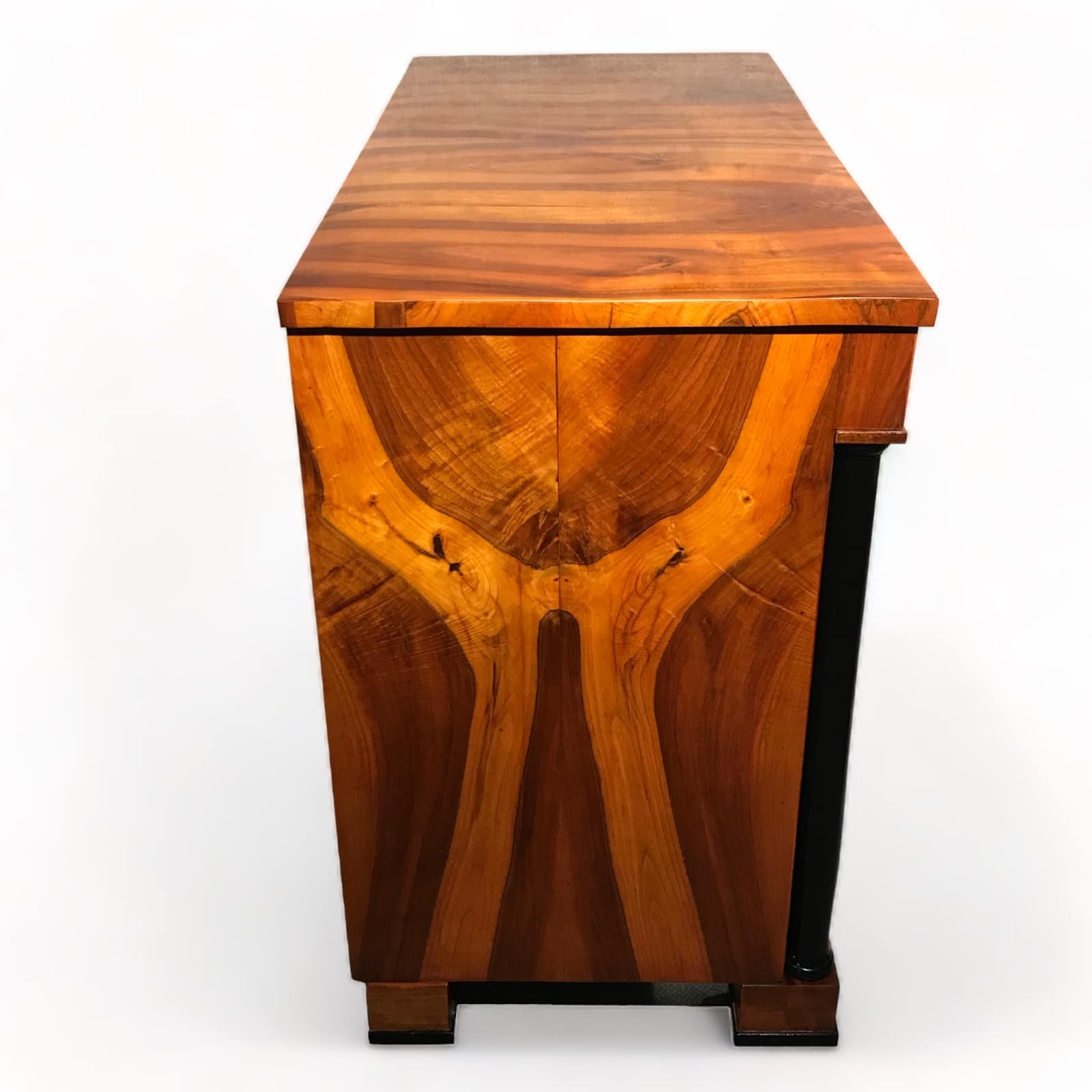
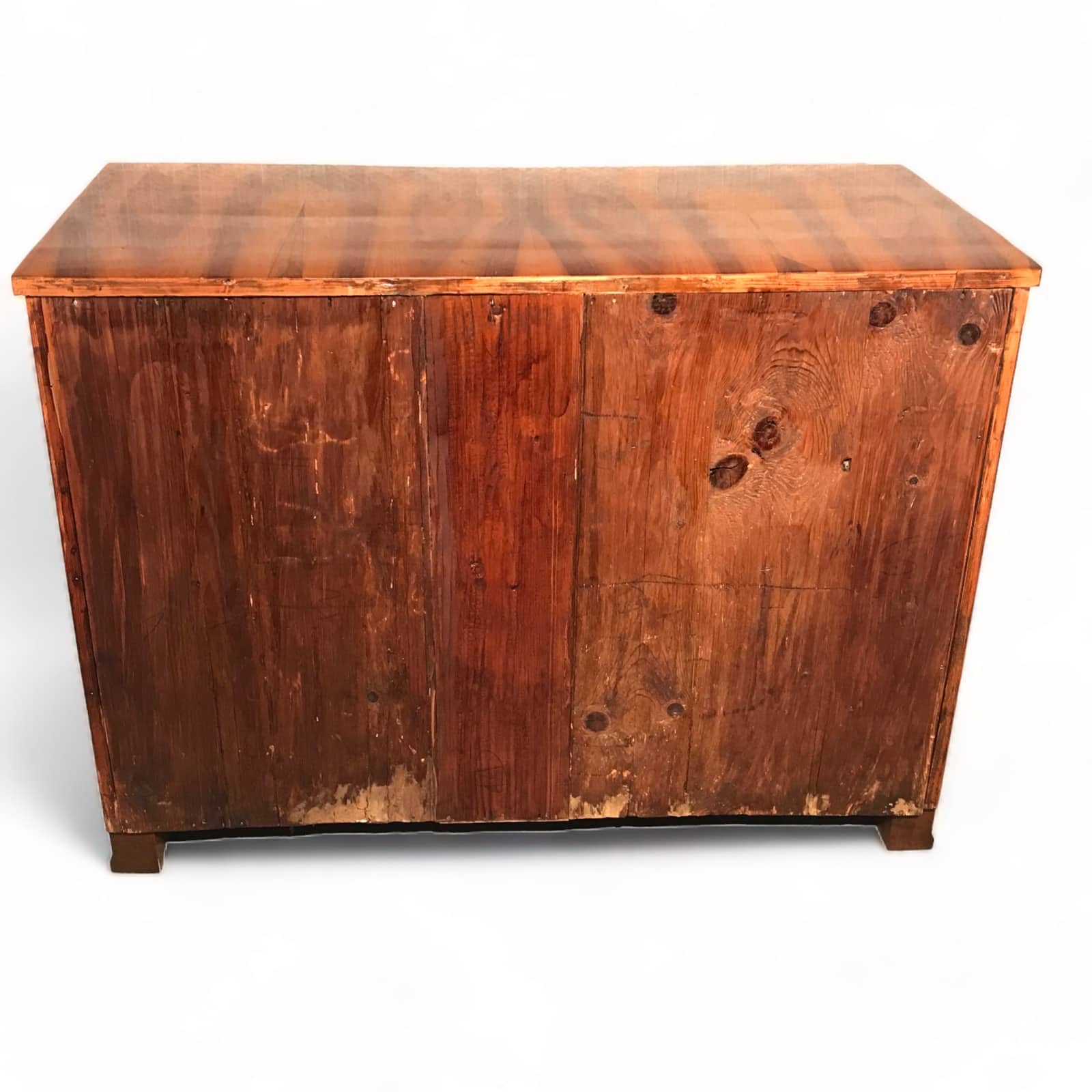
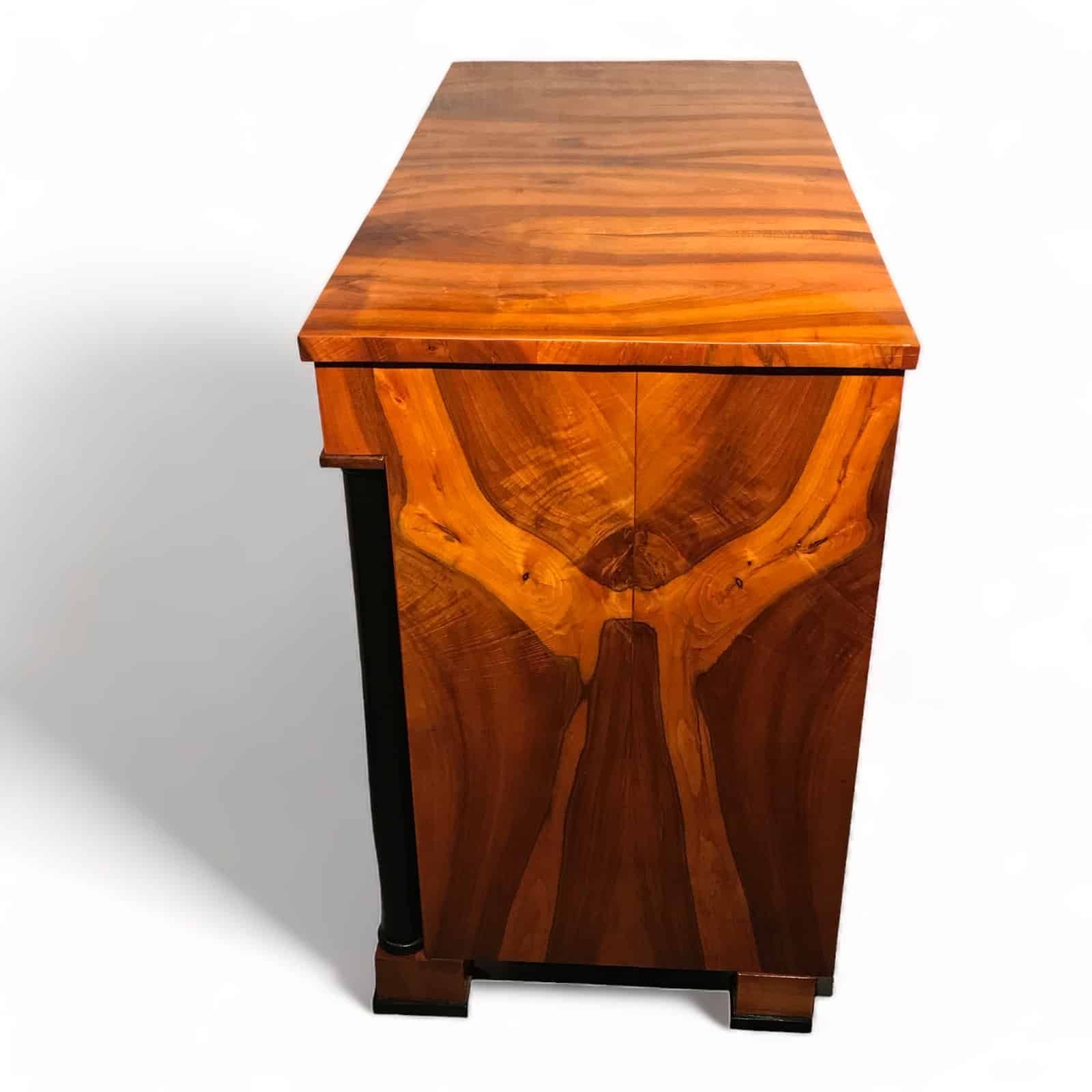
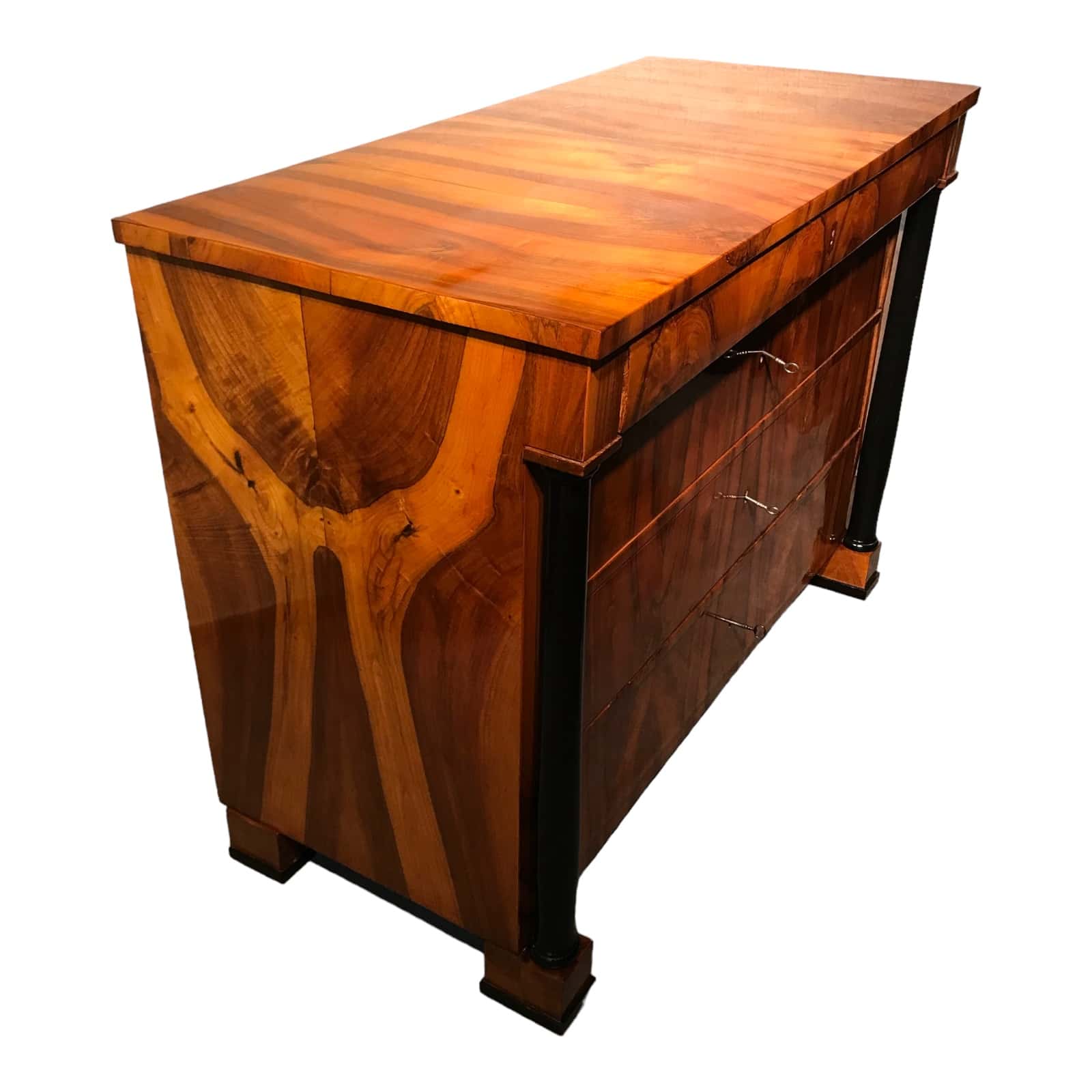











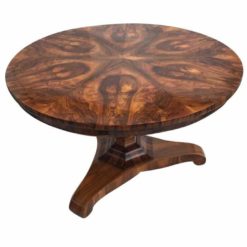







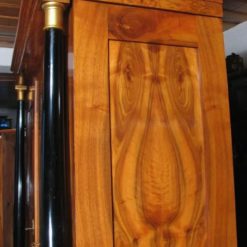




Reviews
There are no reviews yet.